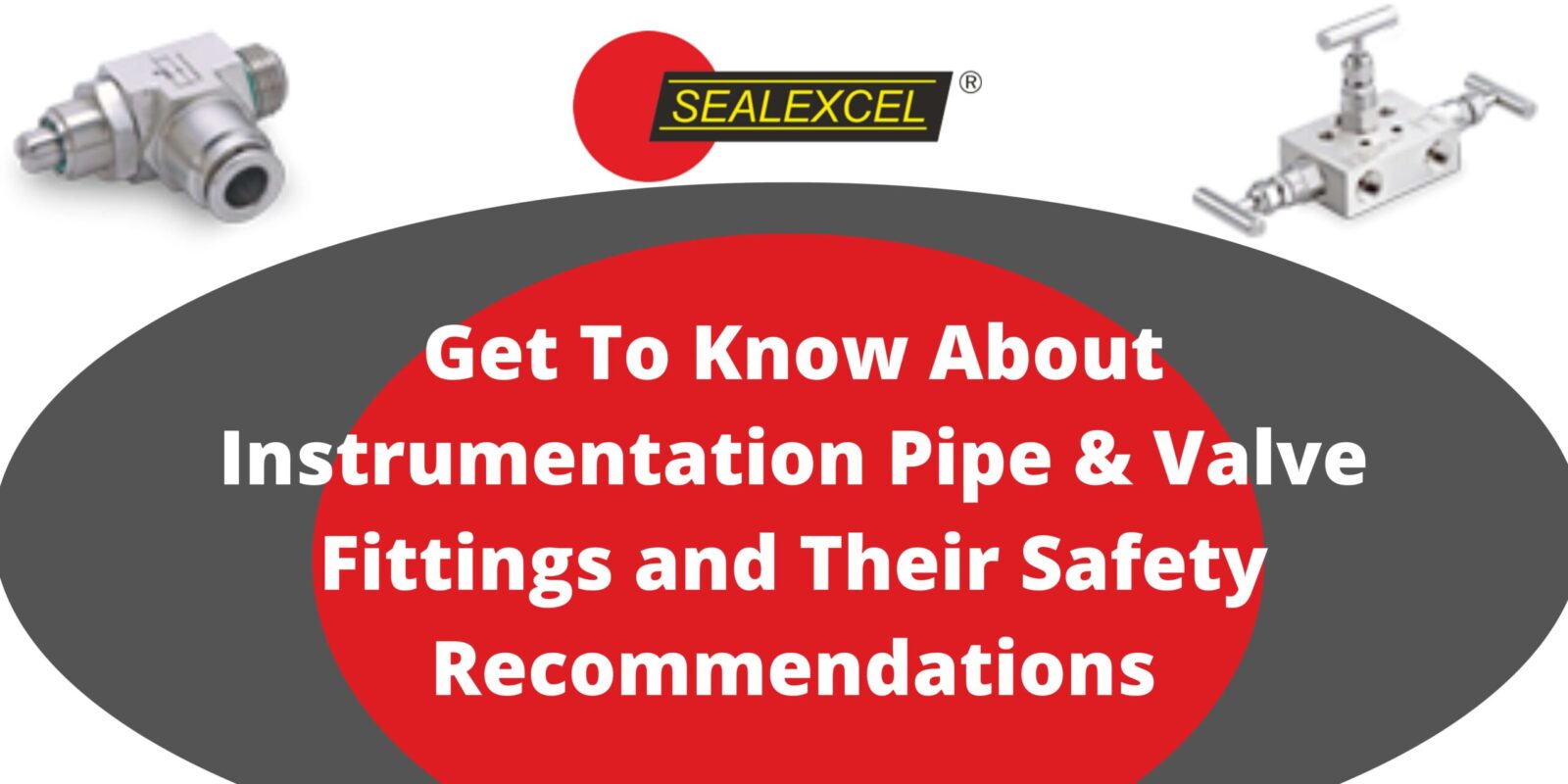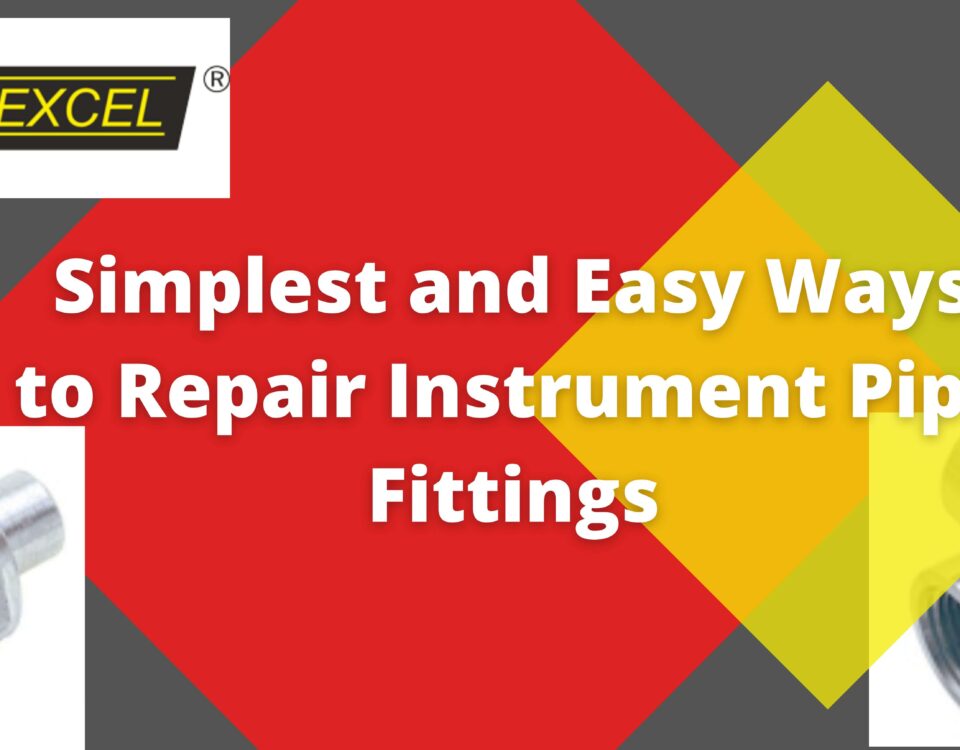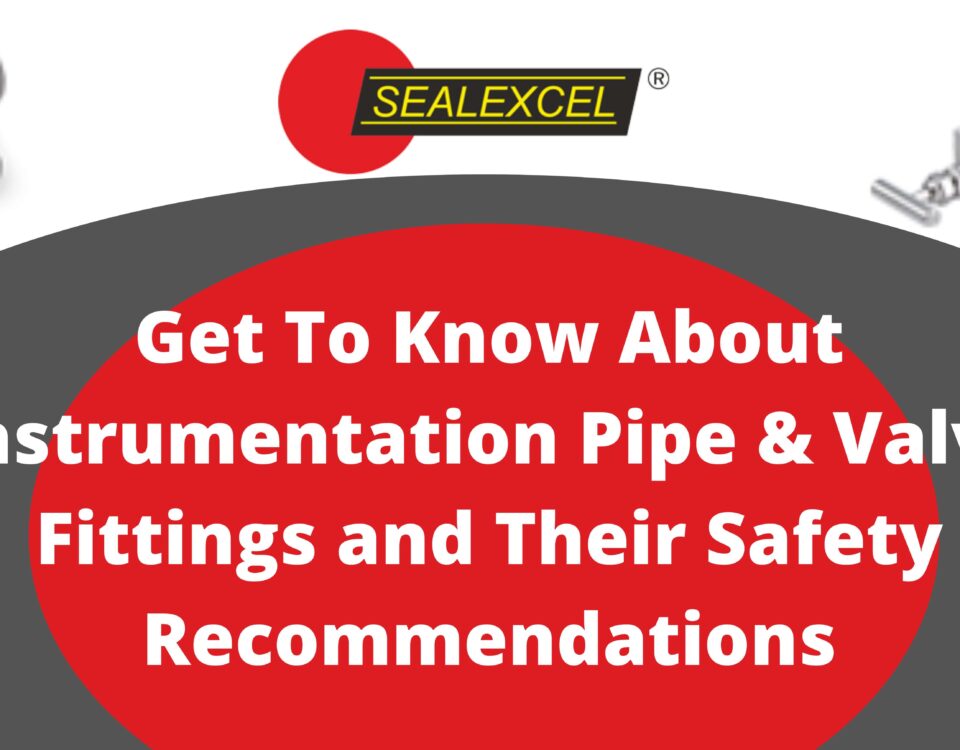Guide to Stainless Steel Bulkhead Fitting
April 28, 2021
Get To Know About Instrumentation Pipe and Valve Fittings and Their Safety Recommendations
August 3, 2022A 37-flare fitting is a high-quality pressure fitting that comes in various forms and forms and is widely used worldwide. The simplicity, compactness in design, ease of assembly, excellent dependability, easy availability, and global acceptability are the significant attributes that demand its use. Hose adapters can also be utilized with these flare fittings.
The fundamental concept is straightforward, with the medium being held and sealed under pressure by a flare fitting. The basic structure is made up of three parts: the body, sleeve, and nut. The extended tube’s end is extended to a 74-degree angle and held in place by a nut between the body nose and the sleeve, resulting in a perfect seal between the fittings and the flared tube.
All straight flare fittings are made from cold-drawn bar stocks, whereas all angular fittings are made from forgings. This type of forged construction produces a very tight grain structure and ensures the fitting’s excellent dependability by eliminating any leakage risks. Even under extreme working conditions, it can sustain high pressures with a variety of makes and remakes.
These fittings are also suitable for both metric and inch tubes. A single 37-degree fitting body can accommodate both metric and inch tubes with a simple change in sleeves. Because the nuts are the same, the component’s cost and inventory are dramatically reduced.
American Standard Taper Pipe Thread.
Flared tube ends, machined male or female 37-degree fitting, and male or female NPTF pipe or hose ends may all be connected with several fitting designs. Low-pressure beaded hose stem fittings are also found in this area.
Internationally, 37-degree-flared fittings are the most regularly utilized tube couplings. Tube preparation and flaring may be done with either hand or power equipment with ease. The significant number of fitting configurations and jump sizes offered in complicated systems simplifies manufacturing requirements and reduces the part count.
The 37-degree flared fitting tube end design is the same for inch and metric tubing. The flared tube fittings mentioned in this section are interchangeable with similar acceptable types except for stock size. The flare tube end design is offered on all 37-degree fitting types as an alternative.
The flare tube end design is offered on all 37-degree fitting types as an alternative.
Performance:
Fittings are developed and qualified to meet the criteria of SAE J514, when applicable. Beaded hose stem ends meet SAE J1231 standards and are designed for suction or low-pressure lines with pressures of less than 300. Beaded hose stem ends meet SAE J1231 standards and are designed for suction or low-pressure lines with less than 300 PSI pressures.
Construction:
316 stainless steel bar stock or forgings are used to machine stainless steel fittings. After passivation, the fittings are machined. Male and female pipe threads comply with the Dryseal American Standard Taper Pipe Thread Series, which ensures pressure-tight couplings without the need for lubricants or sealants. These fittings should not be used with non-dry seal NPT pipe or hose ends for high-pressure applications.
Assembly Information:
Flares for tubing should correspond to the specifications of SAE J533 to ensure adequate sealing with 37 degrees flared fittings. The optional tube preparation and single flare design described in SAE J533 are also suggested for thick wall tubing. In comparison to typical flares, this alternative arrangement provides a larger sealing surface contact area.
Precautions should be taken while designing and fabricating tube or hose runs for any hydraulic system to allow for adequate adjustment of the hose or tubing to achieve good alignment at the fitting connections. Before final connections are established, any improper fit-up or misalignment should be addressed. Flare fittings should be placed in such a way that they are as accessible as possible. Tighten ties to the required installation torque whenever feasible with a torque wrench.



